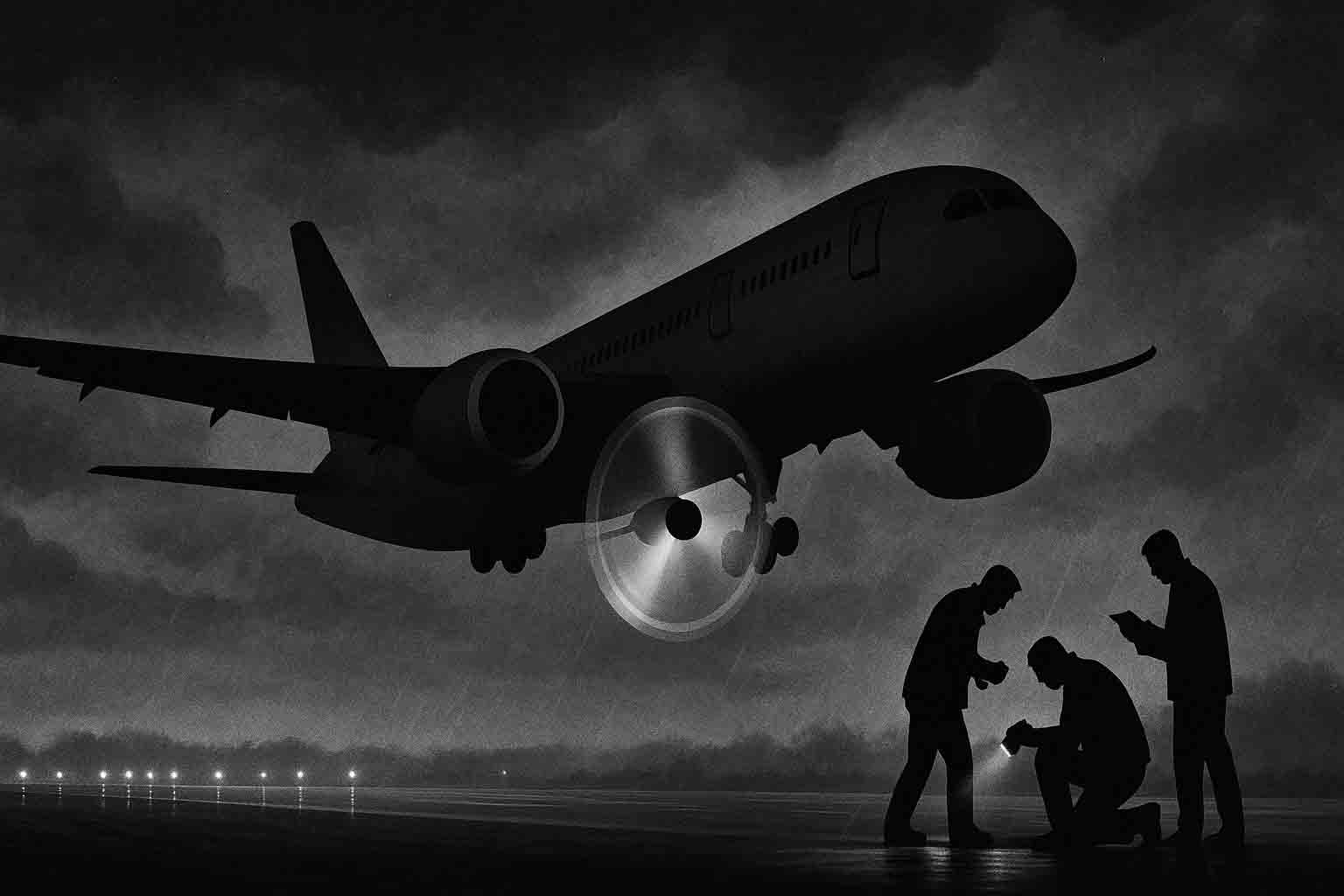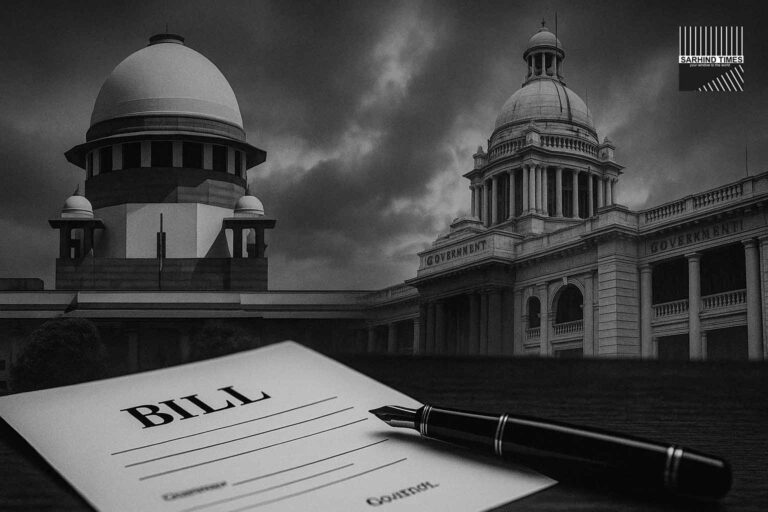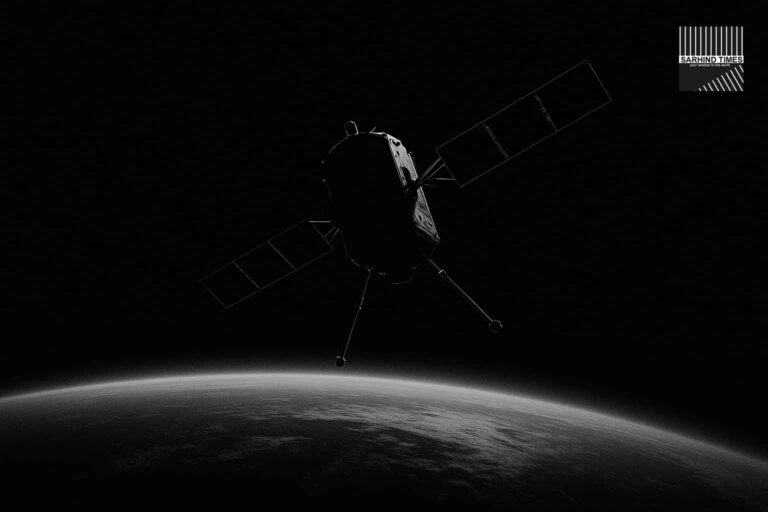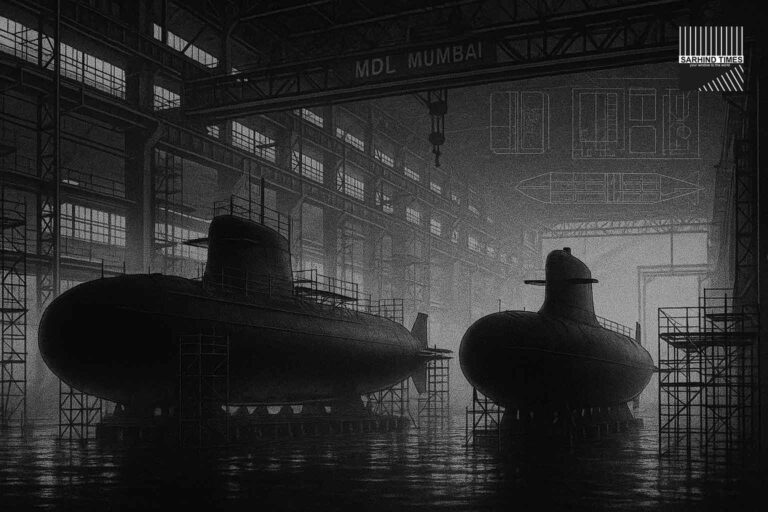New Delhi / Mumbai / London, October 7, 2025 — India’s aviation regulator has asked Boeing to provide technical explanations after a Ram Air Turbine (RAT) unexpectedly deployed aboard an Air India Boeing 787 Dreamliner flying to the UK. The turbine—an emergency backup device—activated in final approach, though no system flagged alerts and the aircraft landed safely. The incident has reignited global scrutiny on fleet reliability, defect tracing, and backup system integrity.
The Incident: What We Know So Far
- On Saturday, Air India flight AI-117, operating a Boeing 787-8 Dreamliner from Amritsar to Birmingham, experienced an uncommanded RAT deployment during final approach at around 400 feet altitude.
- RAT is designed to deploy when primary power systems fail—providing essential electrical and hydraulic power—with its blades spinning in the airflow.
- According to DGCA briefings, the aircraft’s electrical and hydraulic parameters registered as normal upon landing; no alarms, pilot reports, or system warnings preceded deployment.
- Boeing had earlier recommended maintenance actions for RAT anomalies; DGCA said those had been carried out and that no discrepancy had been found so far.
- The aircraft has been grounded for detailed inspections and logging of flight-data parameters and maintenance history.
The Directorate General of Civil Aviation (DGCA) has launched a formal inquiry into the event, assigning officials from its Air Safety Department to lead the probe. The DGCA has also asked Boeing to submit detailed design, maintenance, and sensor logs associated with RAT systems in its fleet.
Why the RAT Deployment Raises Alarms
In aviation circles, an uncommanded RAT deployment is a rare and serious anomaly. Several reasons for concern:
- No trigger detected: RAT should deploy only under power loss or extreme hydraulic/electrical failure. In this case, no such trigger was evident.
- Backup system integrity: If a backup system itself malfunctions, it raises questions about redundancy and fail-safe protocols.
- Sensor or control logic error: The deployment suggests possible fault in sensors, actuators, or software logic that controls RAT engagement.
- Fleet-wide implications: All 787s globally share similar RAT architecture; a defect in one system could hint at a systemic vulnerability.
- Context of prior incident: In June 2025, an Air India Dreamliner crashed shortly after takeoff from Ahmedabad; the RAT deployed in that incident too. That connection raises pressure on regulators and manufacturers to confirm safe design margins.
Following the incident, the Federation of Indian Pilots (FIP) has urged the DGCA to conduct detailed inspections on all Boeing 787 aircraft in India.
The Critical Questions Ahead
The DGCA, Boeing, and independent investigators will likely pursue several key lines of inquiry:
| Inquiry | Why It Matters |
| Trigger analysis | Identify what condition (sensor, software, hydraulic curve) falsely signaled RAT activation. |
| Maintenance logs audit | Verify whether recommended inspections or replacements were skipped. |
| Component history review | Trace RAT actuator, gearbox, sensor modules for wear or firmware anomalies. |
| Cross-fleet correlation | Check if similar anomalies occurred in Boeing 787s elsewhere. |
| Flight data analysis | Scrutinize telemetry in seconds before deployment for anomalies. |
| Redundancy system tests | Validate whether other backup systems remained stable during deployment. |
Investigators also need to answer whether the RAT deployment in this incident is connected to the June 2025 crash involving another Dreamliner. In that earlier crash, investigators found that both engines lost thrust after fuel control switches moved to “CUTOFF”; the RAT deployed in response to power failure.
That crash’s preliminary findings have heightened sensitivity around RAT anomalies and system logic governing its operation.
India’s Regulatory and Safety Response
The DGCA’s probe aims not just to resolve this incident but to reaffirm safety assurance across India’s wide-body fleet. Key regulatory aspects:
- Mandatory system reports: Boeing must submit full design and sensor logs for RAT systems across its fleets.
- Airworthiness directives: If design or firmware fault is found, DGCA may issue mandatory modifications or groundings.
- Fleet surveillance audits: DGCA could demand fleet-wide inspections, possibly starting with hub operators like Air India.
- Driver for systemic redesigns: In worst case, hardware or firmware redesign may be mandated globally.
- Transparency & public trust: Given past incidents, regulators must maintain open communication to sustain public confidence.
Boeing’s Position & Obligations
As the OEM (Original Equipment Manufacturer) of the 787 RAT systems, Boeing faces strong accountability. It is obligated under aviation certification standards to supply failure root-cause studies, corrective design actions, and maintenance bulletins.
Should a design fault be confirmed, Boeing may have to issue Service Bulletins (SBs) or Airworthiness Directives (ADs), possibly involving hardware retrofit, software patches, or inspection intervals.
Given the public sensitivity after the crash earlier in 2025, Boeing’s response will be under close scrutiny. Any misstep could have commercial, reputational, and regulatory consequences.
Impacts on Airlines, Passengers & Industry
Airline ramifications
Air India has already grounded the aircraft and initiated checks. If similar issues emerge across its Boeing 787 fleet, flight schedules, long-haul operations, and fleet utilization plans may be disrupted. Airlines may need to deploy other wide-body types (e.g. Airbus A350) as backups.
Passenger confidence
Such incidents tend to rattle passenger trust—even though the aircraft landed safely. The optics are sensitive, especially so soon after a major crash. Insurers, frequent flyers, and media perception matter.
Supply chain & OEM stress
Component manufacturers (actuator vendors, sensor suppliers) will come under investigation. The pressure may trigger deferred deliveries, redesign orders, or extra QA protocols.
Regulatory impact globally
Other civil aviation authorities—EASA, FAA, ANAC—will watch India’s findings carefully. If a design flaw is confirmed, the regulatory actions may ripple globally.
Drawing Parallels: Precedents & Lessons
- Past uncommanded RATs: While rare, uncommanded RAT deployments have occurred, often traced to sensor or logic faults, leading to design updates in later aircraft.
- Multi-engine redundancy expectations: Modern airliners are designed so that critical failures don’t cascade—backup systems deploy only under well-defined failure envelopes.
- Pre-crash RAT deployment: In the 2025 Ahmedabad crash of Flight AI-171, RAT deployment was part of the failure chain; investigators believe it activated after both engines lost thrust.
- Stringent post-crash reforms: Past aviation disasters have led to sweeping design and certification reforms—this incident may become another catalyst for such changes.
Experts & Stakeholder Voices
- Charanvir Singh Randhawa (FIP President): “RAT activation without any evident failure is deeply concerning. All 787 operators must be checked immediately.”
- DGCA official (anonymous): “We have asked Boeing for full technical detail. If needed, we will issue directives to safeguard operations.”
- Aviation analyst (unnamed): “This incident raises serious questions about logic thresholds in RAT deployment—software could be as suspect as hardware.”
What Happens Next: Timeline & Key Triggers
| Phase | Key Milestones |
| Immediate | Ground the affected aircraft, preserve data, request Boeing logs |
| Short-term (days) | Preliminary DGCA report; begin inspections on 787 aircraft in India |
| Medium-term (weeks) | Root-cause determination, issuance of maintenance advisories |
| Long-term (months) | Design modifications, certification updates, regulatory mandates |
Key triggers to watch:
- DGCA’s interim safety advisory
- Boeing’s internal root-cause report
- Service bulletins or airworthiness directives
- Results from flight-data black box review
- Inspections across the Indian 787 fleet
- Actions by global regulators (FAA, EASA)
Broader Context: Aircraft Safety in the Spotlight
This incident comes at a sensitive time for Indian aviation. The June 2025 crash of AI Flight 171 claimed 260 lives; the RAT system was part of that sequence. That tragedy already provoked broad safety audits and regulatory soul-searching.
Now, a mid-air anomaly—though non-fatal—confronts the industry with renewed urgency to revalidate trust in modern fleet operations. For India, which is expanding long-haul services aggressively, reliability and safety perception are vital.
#Aviation #DGCA #AirIndia #Boeing #FlightSafety #RAT #Dreamliner #AircraftIncident #AirSafety #IndianAviation

























+ There are no comments
Add yours